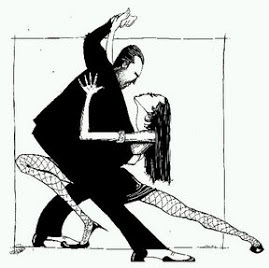Stocking fillers for IP lovers
From Hart Publishing, Oxford I received an announcement: ‘Patent Enforcement Worldwide’ edited by Christopher Heath, now in its 3rd edition.
 Looking at the table of contents one can see that not only the most common European jurisdiction are covered in the book e.g. UK, Germany, France, and Italy but also it covers some of the BRICS such as Brazil, China, and India. In relation to the Latin American's jurisdictions Brazil and Argentina are the only two that are covered in the book at chapter 17 and 18 respectively.
Looking at the table of contents one can see that not only the most common European jurisdiction are covered in the book e.g. UK, Germany, France, and Italy but also it covers some of the BRICS such as Brazil, China, and India. In relation to the Latin American's jurisdictions Brazil and Argentina are the only two that are covered in the book at chapter 17 and 18 respectively.
The book can be purchased online (here) and it is available in electronic format as well as hardcopies.
Thanks Anni Mirza, marketing and editorial assistance for the information.
This book features 15 country reports on the patent enforcement practice of the world’s most litigated countries in Europe, Asia and the Americas. Litigation strategies for both right owners and alleged infringers are explained against the background of case law on: types of action, standing to sue, jurisdiction, obtaining evidence, provisional and final measures, trial practice, types of infringement, remedies and counterclaims, costs and issues of retrial, threats and wrongful enforcement. Special chapters cover the Trade-Related Aspects of Intellectual Property Agreement provisions on enforcement, enforcement issues in the European Community, international cross-border litigation and border measures.
The reports are written by patent practitioners or academic experts in the field, and the homogenous structure of the country reports allows for an easy identification of best practices and strategic considerations on the choice of jurisdiction
The book can be purchased online (here) and it is available in electronic format as well as hardcopies.
Thanks Anni Mirza, marketing and editorial assistance for the information.














